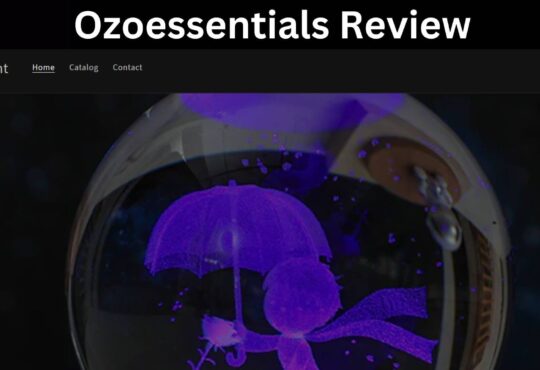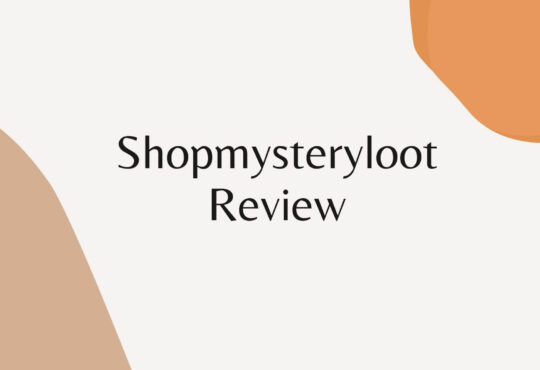What Does Hazmat Stand For?: HazMat is a short form for “Perilous material” – a substance, compound, or combination that conveys the possibility to hurt somebody’s wellbeing, property, or the climate in the event that not put away or took care of appropriately.
Hazmat can be solids, fluids, gases, or a blend of each of the three, for example, as residue, fog, smoke, fume, or vapor. Perilous materials incorporate substances like synthetic fumes, vapor, poisons, cancer-causing agents, fills, atomic waste, and destructive synthetics – all of which can imperil wellbeing, property, or the climate whenever dealt with indiscreetly.
Keep perusing to study dangerous materials, or HazMat, and the potential dangers they posture to one’s wellbeing and the climate.
Order of HazMat
Table of Contents
In light of the degree of chance they present, dangerous materials can be classified into the accompanying eight principle classes, and a 10th different class that covers every one of the materials that don’t fall under the initial eight.
Class 1 – Explosives
Explosives, for example, TNT and explosive fall under this order of unsafe materials since they can make a lot of hotness, sound, and smoke that can be negative to wellbeing and the climate. They are likewise equipped for making devastating harm life and property when exploded.
Class 2 – Gases
A wide scope of gases additionally represents a gamble of harm to wellbeing and property either because of their poisonous nature or on the grounds that they are incredibly combustible or might possibly suffocate a person. Instances of unsafe gases incorporate carbon monoxide, hydrogen cyanide, formaldehyde, and methane.
Class 3 – Flammable Liquids and Combustible Liquids
The unsafe material order characterizes this class of hazmat as “fluids, fluids containing solids, or a combination of fluids that radiate a burnable fume and have a glimmer point lower than 141°F or 60.5°C”.
Fluids like petroleum, diesel, and CH3)2CO can possibly hurt extraordinary because of their unpredictable nature and their capacity to cause horrendous flames upon start.
Class 4 – Flammable Solids and Spontaneously Combustible Materials
Like combustible fluids, combustible solids, for example, matches, sulfur, and initiated carbon additionally represent a huge danger to one’s property and wellbeing since they are exceptionally flammable and can cause outrageous blazes.
A portion of these solids can likewise cause fire through rubbing or suddenly go through an exothermic response that can cause fires.
Class 5 – Oxidizers/Organic Peroxides
Oxidizers are considered risky in light of the fact that while they may not be ignitable all alone, they can likewise add to burning by going through a redox response to create oxygen. Natural peroxides additionally fit in this class since they can encounter unconstrained dangerous decay to quickly radiate a lot of hotness and consume.
Class 6 – Toxic and Infectious Substances
Harmful materials are toxic and can cause extreme injury or even demise whenever gulped, breathed in, or acquired contact with skin and, subsequently, should be taken care of with the highest level of persistence and care. Models incorporate lead, methyl bromide, pesticides, phenol, and cyanides. Irresistible substances additionally fall in this classification since they are known to contain a microorganism that can cause infection in people or creatures.
Class 7 – Radioactive Materials
Radioactive substances, for example, uranium and radioactive metals and isotopes can possibly go through radioactive rot, delivering ionizing radiation with the possibility to cause critical present moment and long haul harm.
Class 8 – Corrosive Materials
Destructive substances are considered perilous on the grounds that they break down or debase different substances upon contact. These incorporate acids with a pH under 2 or soluble bases with a pH above 12.5.
Class 9 – Miscellaneous Hazardous Goods
The last class of HazMat covers every one of the hazardous things that represent a fast approaching gamble to wellbeing, property, or climate yet don’t fall under the meaning of any of the initial eight classes. Normal models incorporate asbestos, acetaldehyde alkali, zinc oxide, and lithium-particle batteries.
The Bottom Line
Can we just be real! Pretty much every organization utilizes a risky substance on location of some kind. However, these risky substances don’t need to be perilous. Their misusing makes them hazardous. On the off chance that your work environment has any perilous materials, it is your legitimate commitment to give sufficient hazmat preparing to your representatives to guarantee their wellbeing and security.
At Go Hazmat Hub, our confirmed teachers with long stretches of involvement offer altered on the web and on location hazmat preparing to assist associations with guaranteeing the security of their workers and become agreeable.
Reach us today to look into our improved on answers for all your hazmat needs.











